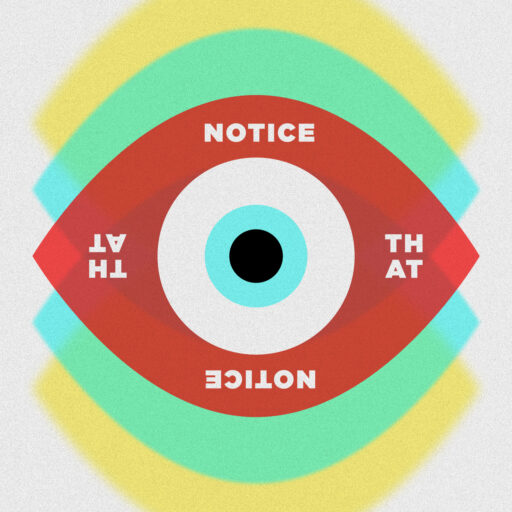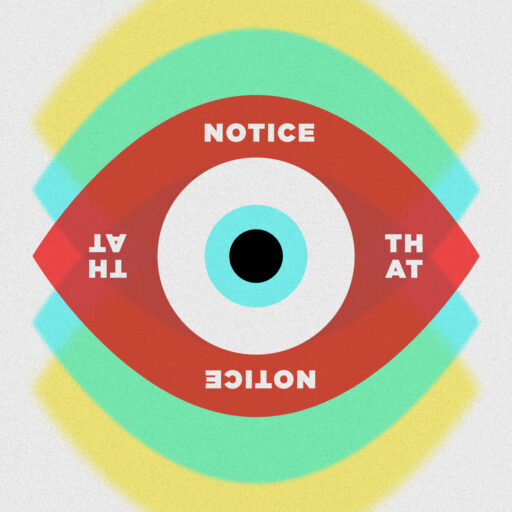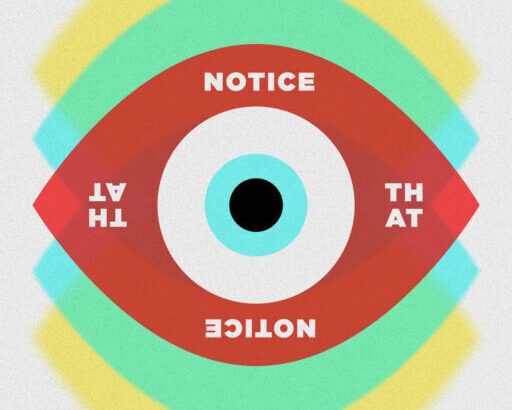Episode 42: Using Ego State with EMDR

Listen to our brand new series that discussed the importance and interventions of ego state work and how to utilize it within EMDR therapy.
Listen to our brand new series that discussed the importance and interventions of ego state work and how to utilize it within EMDR therapy.
Shout out to Katherine Keller!
She’s offering free consultation calls for building your business. www.katherinekeller.net/emdrtherapy to schedule free 30 minute consultation
What was it like when first exposed to ego state therapy?
- Bridger: Undergraduate program- personification of different parts of myself
- Jen: Didn’t formally hear about it in school, but used more as a cliche. Formally learned about it in advanced training.
What is Ego State Therapy?
- With clients, I explain that ego state work is the idea that we all experience different “parts” or “versions” of ourselves.
- Using the word “parts” could be triggering.
- Depending on the role that you’re in, different versions of yourself will be present outwardly and internally.
- This is surface level and a general way of explaining ego state work.
- Introducing it with “there’s a part of me that feels this way and then there’s another part of me that feels a different way.”
- Some clients are really open to ego state from the beginning of introduction and for other clients, it can take longer for them to connect to the idea.
- Appears to be universally helpful for severe DID or other forms of dissociation.
- A great tool for dissociated parts, traumatized parts and for normal human experience when having conflicting feelings about a situation.
- When a client answers “I don’t know.” Begin with the phrase, “I just don’t know about I don’t know.” – There’s a part of you that feels one way and another part that feels a way that’s contradicting.
- Instead of feeling the tension between the two, they tend to answer “I don’t know”
- This is our normal/natural response to an ambivalent situation.
- We are culturally fixated on having one answer, so when we have more than one response, it seems like we are a total mess.
- Just because we have multiple feelings about a situation, doesn’t mean we are going to react in multiple ways.
Using Ego State to Reprocess Trauma
- There are more formalized versions of ego state work
- Many therapist are trained in specific ego state work
- Internal Family Systems (IFS)- Richard Shwartz
- Main difference between IFS and what we use in therapy is IFS is structualized and has assigned names to different parts of oneself that is presented in personality.
- Ex: Everyone has the firefighter part
- There are limitations to this:
- Trauma can create more complex personalities
- Some therapists see IFS as too constricting/rigid
Experiencing Fraser’s Family Table
- Episode 5: Interview with Sarah Jarvis
- Understanding that Fraser’s Family Table could be used for more than just DID
- Experiencing Fraser’s Family Table through counseling- making me wonder “how did you know that”
- Identifying all the parts that are present and understanding the interaction between them
- Visualization exercise- noticing the relationship interaction
- Experienced like family therapy, but within oneself
- Noticing which parts don’t show up
- They didn’t want to
- The others don’t like them
- Clients don’t realize before the experience that it may become very vivid
Different ways to use ego state work within EMDR
- It can be used in many different ways
- Part of preparation: for those who have a complex trauma history
- Provides a solid foundation between the therapist and the client
- “What does each part of the client need in preparation of trauma therapy?”
- Parts of them can become very anxious about visiting these memories.
- Even with resources that are learned early on in training, calm safe place, container, etc., we may develop those in the general preparation phase of EMDR for the satisfaction of our present self.
- However, when we begin working with a child part, having a calm place and safe place for that child may not be the same as the adult self.
- Asking yourself how you will resource the client for whatever part you will be working on so it has what it needs to work through that trauma.
- Ego state helps us not be surprised when we have to build rapport about the same traumatic experience more than once.
- Having a framework to teach ego state as we go, allows the client to move with a lot more confidence during a session.
Use of Ego State Work
- Ego state is a way of conceptualizing a case, preparing clients for trauma work and building rapport with all aspects of the client.
- Ego state is great to use as interweaves during EMDR.
- Helps clients shift perspective to the age in which the client experienced the trauma.
- Wonderful for future templating
- Although this many sound counterintuitive, when working with DID, we essentially work to create another identity or part.
- This is similar to future templating because we are predicting what will be needed in the future.
Resources
- The EMDR Toolbox- Jim Knipe
- Easy Ego State Intervention- Robin Shapiro
- Integrating EMDR and Ego State Treatment for Clients with Trauma Disorders- Carol Forgash & Jim Knipe
Join our Patreon!





